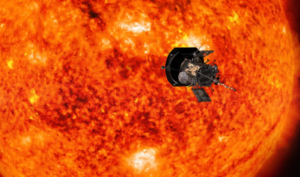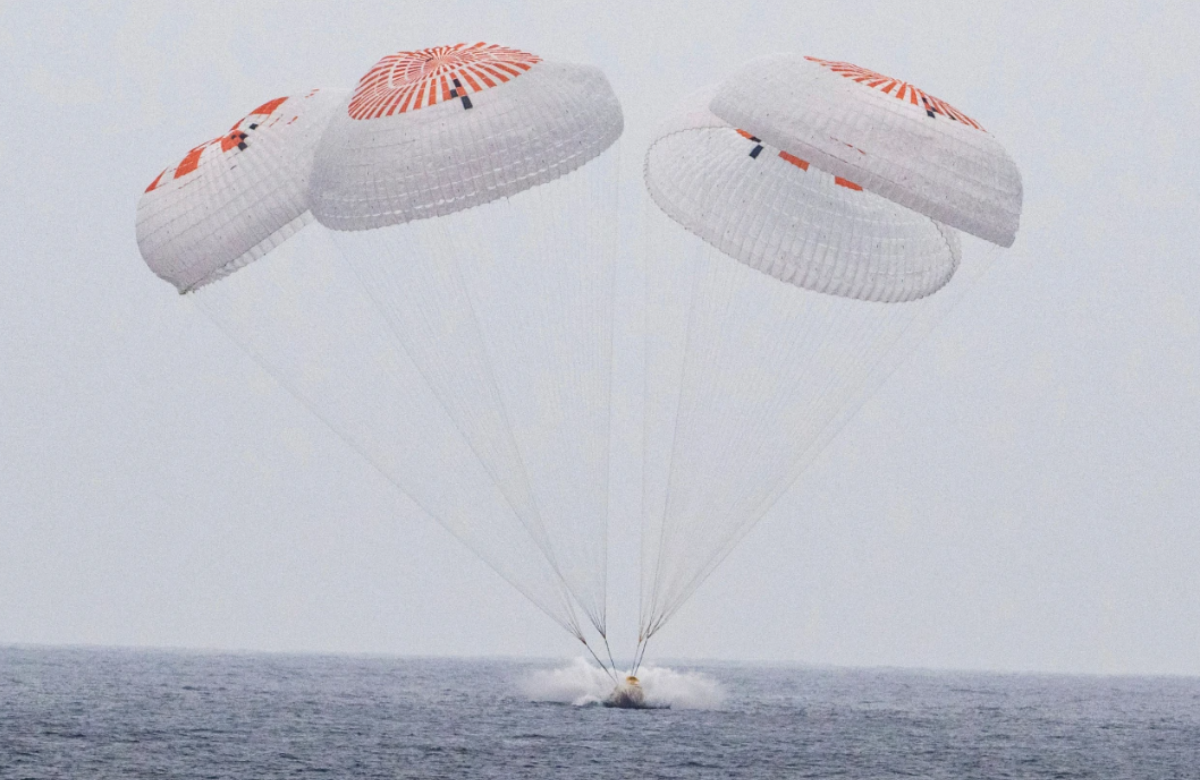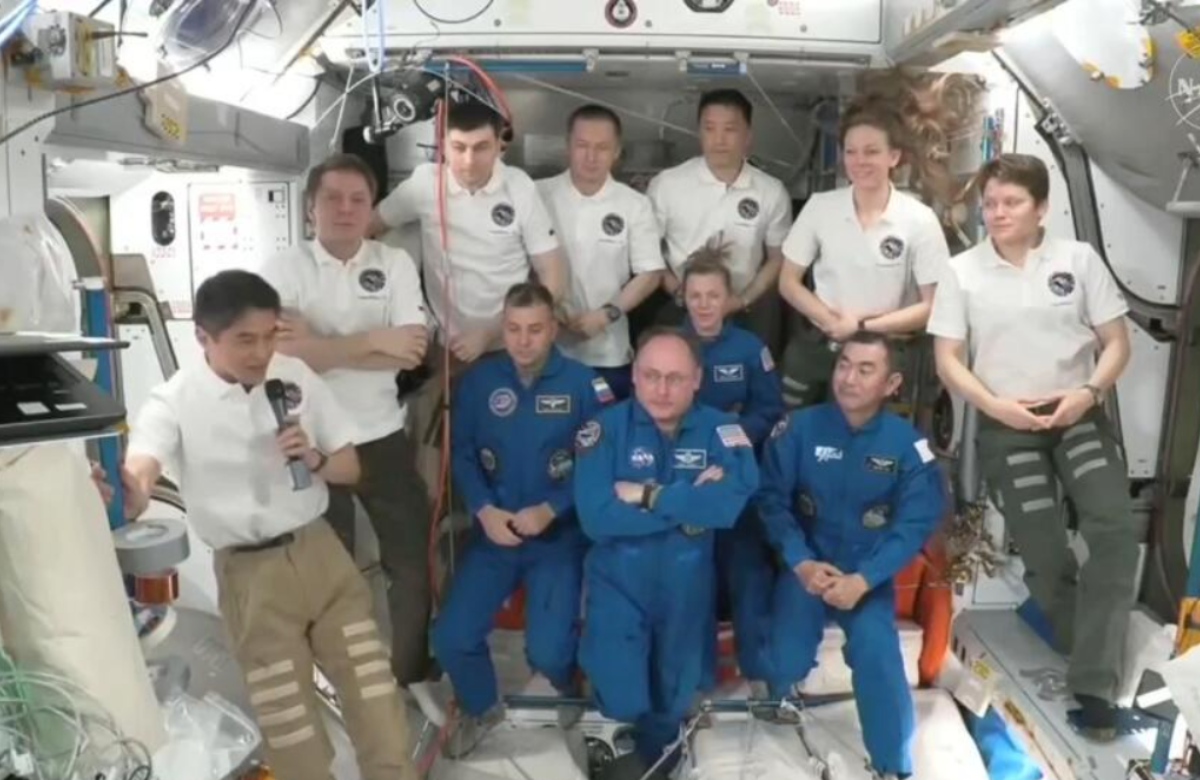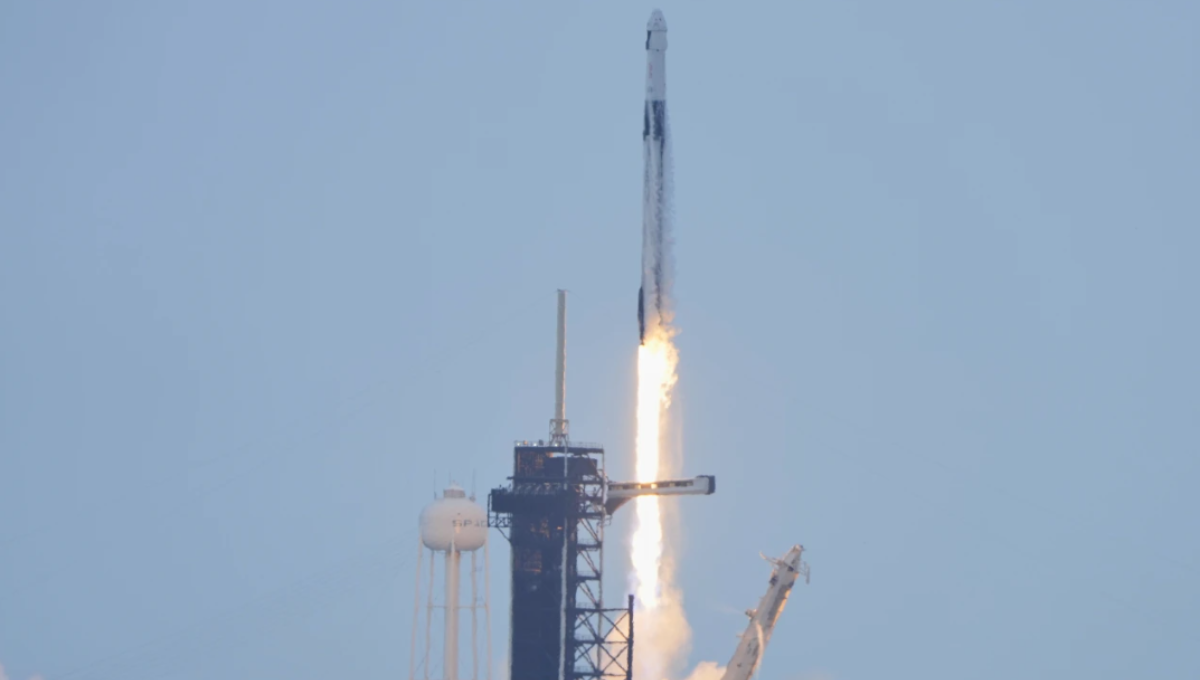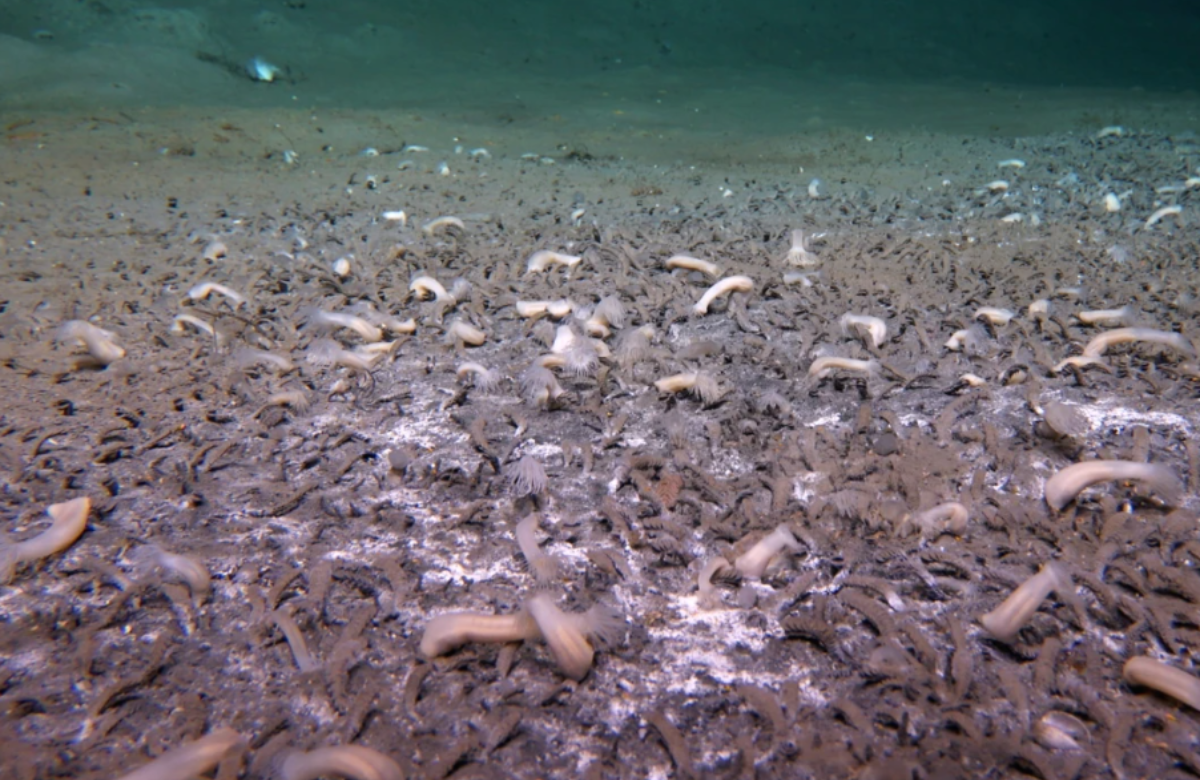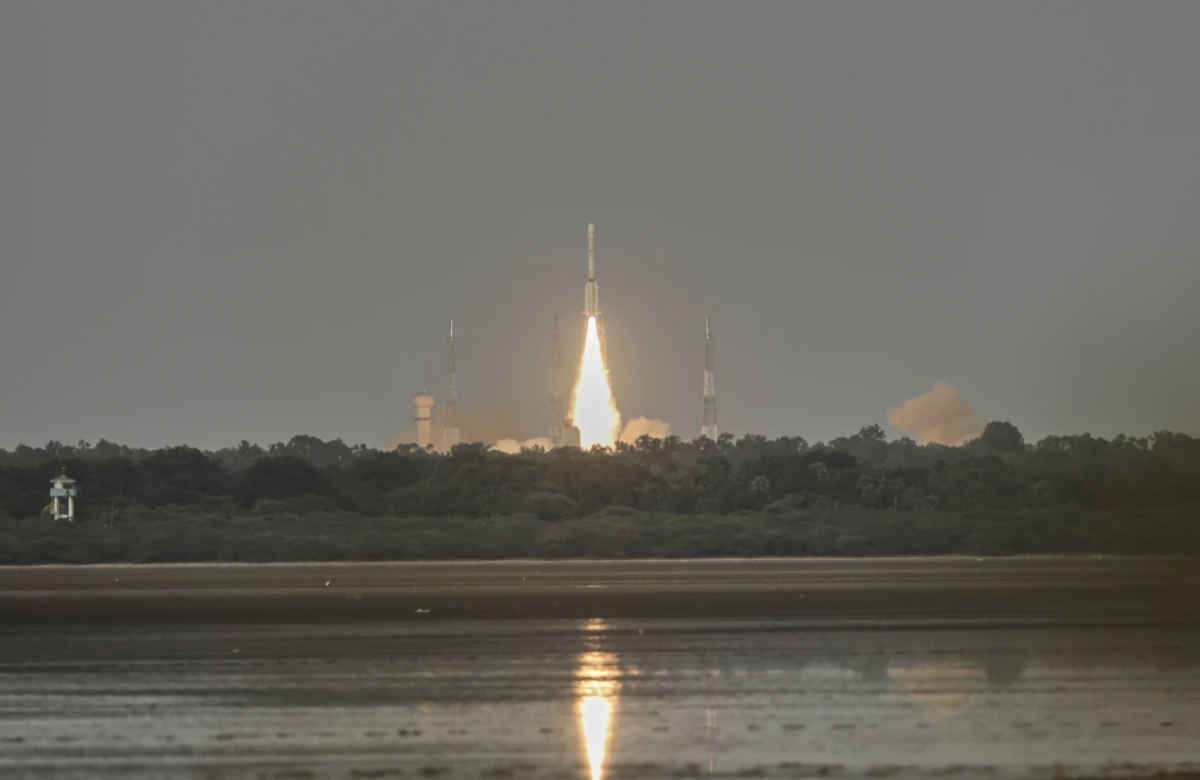New research highlights that toxic dust on Mars could pose serious risks to astronauts on a future mission, requiring substantial countermeasures. Martian dust contains substances like silica, gypsum, perchlorates, and nanophase iron oxides, which could be life-threatening, according to a study published in the journal GeoHealth.
The primary concern is the potential danger to astronauts’ lungs. The dust is so fine that it could remain trapped in the lungs, with some particles entering the bloodstream. “Astronauts are already at risk for pulmonary fibrosis due to radiation exposure during space travel, and substances like silica and iron oxides could exacerbate this risk, potentially leading to pulmonary disease,” said Justin Wang, a medical student at the Keck School of Medicine at USC and co-author of the study.
Wang also raised concerns about perchlorates, chemical compounds found in high concentrations in Martian soil, which could lead to thyroid dysfunction and aplastic anemia – a condition where the body fails to produce enough blood cells.
Due to the long duration of a Mars mission and communication delays with Earth, the study suggests that preventing dust exposure will be critical. This can be achieved through dust filtration systems, regular cabin cleaning, and the use of electrostatic repulsion devices to minimize risks.
Despite the concerns, Wang remains optimistic that the toxic dust on Mars doesn’t make a mission to the Red Planet impossible.
“While Mars dust will not be the most dangerous aspect of a mission, it is certainly a risk that can be harmful to astronauts. However, it is easily manageable with proper preparation,” he stated.
Brian Hynek, a professor of geological sciences at the University of Boulder and co-author of the study, discussed the broader effects of Martian dust. He explained that dust is constantly accumulating on the surface and that periodic global storms deposit thick layers. This presents a challenge for spacecraft, rovers, solar panels, and other equipment, which will require regular maintenance to remain functional.
“Our rovers have already encountered problems with equipment failure or entire missions being compromised because solar panels became too dusty to charge the batteries,” Hynek noted. “These secondary issues will also significantly affect human missions.”
Julia Cartwright, an independent research fellow at the University of Leicester’s Institute for Space and not involved in the study, emphasized that dust mitigation remains a major challenge in space exploration. As the authors pointed out, the dust on Mars is pervasive and behaves differently from Earth’s dust. On Earth, most dust particles undergo various transportation processes and become rounded over time due to gradual wear. However, on the Moon and Mars, the dust consists of sharp, angular particles that haven’t experienced the same natural wear. This is concerning, especially when inhaled, as sharp particles are more likely to irritate soft tissues in the lungs.
Cartwright compared this situation to asbestos exposure, a mineral once commonly used in building materials until its link to serious health conditions, such as lung cancer, mesothelioma, and pulmonary heart disease, was discovered.
She also addressed the challenges of using filters to remove harmful elements like chromium, arsenic, and cadmium from the air. Even if effective filtration is possible, there would need to be a strategy for regularly replacing the filters, and a sufficient supply would need to be kept on board the spacecraft.
Jonathan Eastwood, a professor of space physics at Imperial College London, emphasized that addressing the risks posed by Martian dust will require sophisticated solutions. Given the vast distance between Earth and Mars, rapid evacuation back to Earth is not feasible, making it essential to have comprehensive medical capabilities available on the Martian surface.
He noted that solving this issue is a complex, interdisciplinary challenge, where medical, engineering, and scientific fields must work together to find effective solutions.
Natalya Zavina-James, senior exploration research manager at the UK Space Agency, pointed out that the study highlights the wide range of factors that must be considered to protect astronauts’ health. She expressed appreciation for studies that focus on the human health aspects of Mars exploration, calling it a critical component of future crewed missions. Zavina-James also emphasized the significant ethical considerations that must be carefully examined before such missions can proceed.


